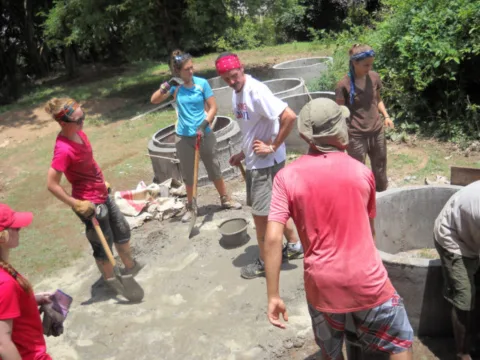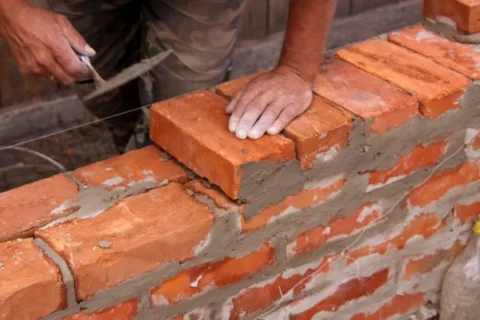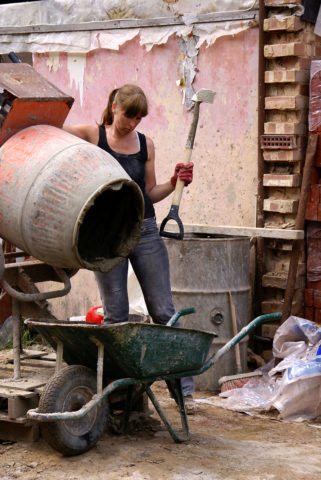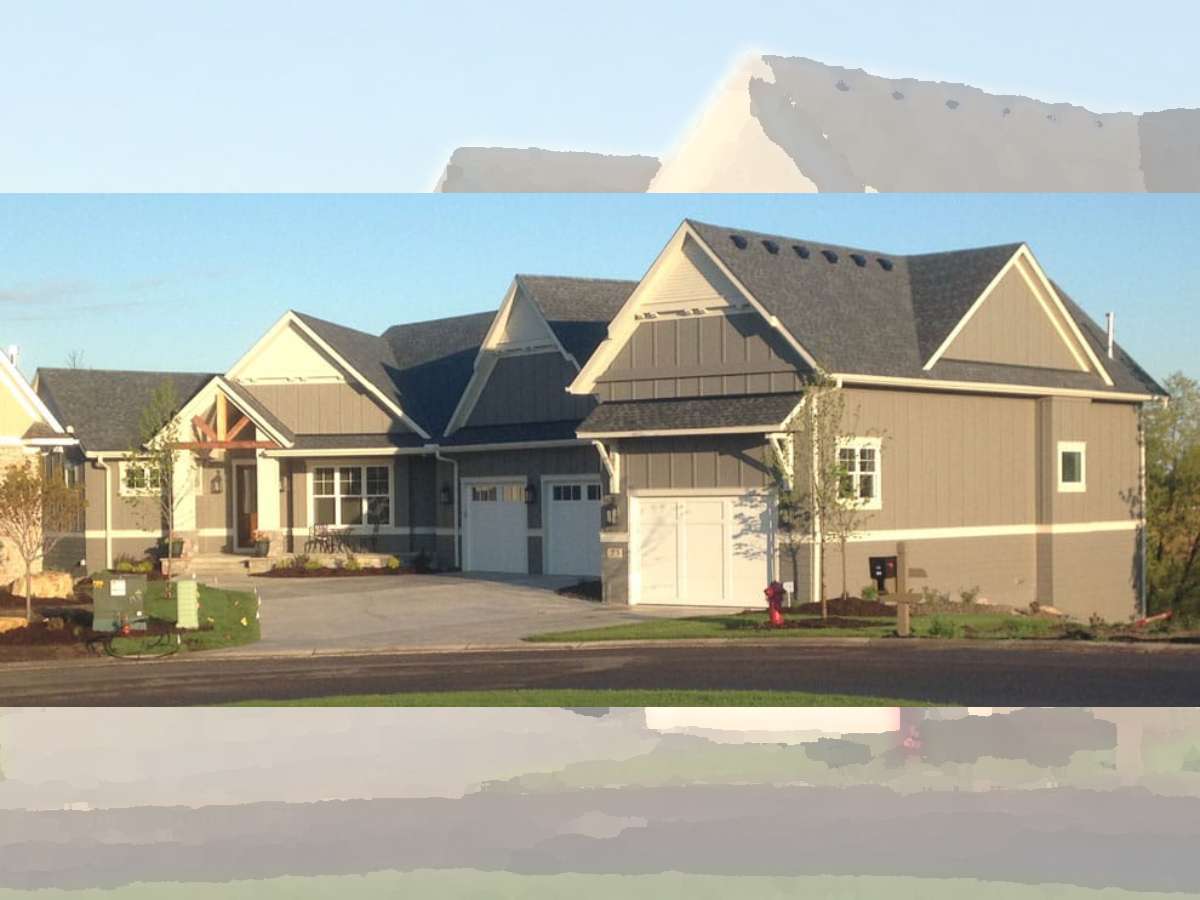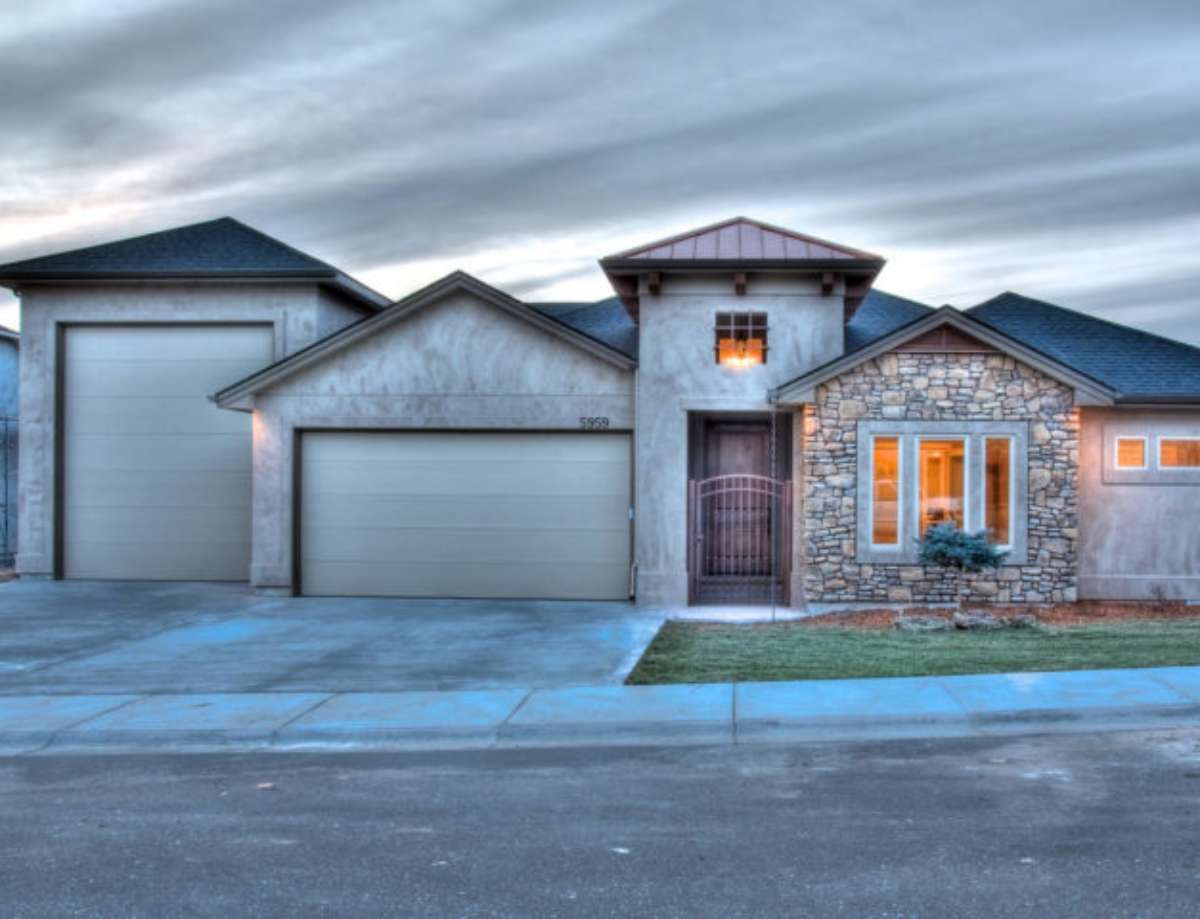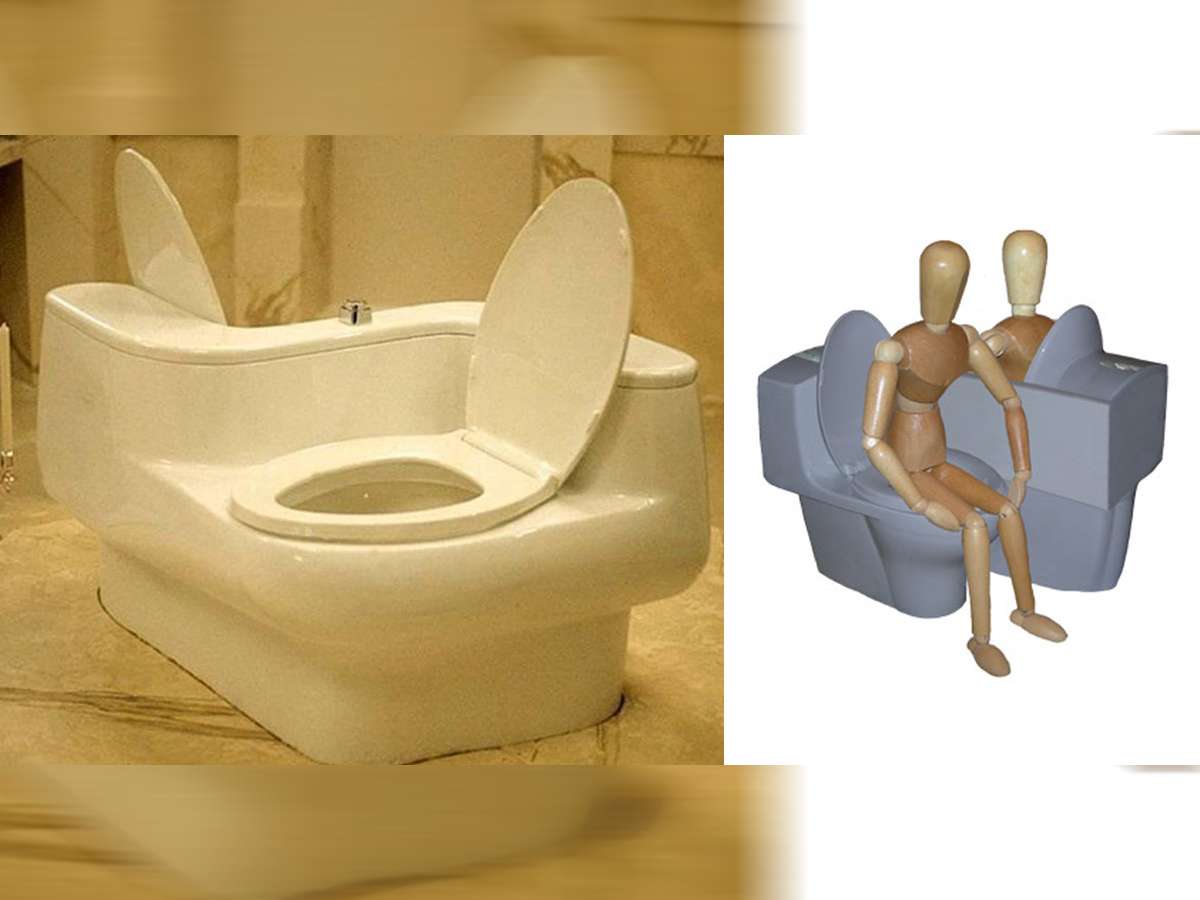Concrete vs cement vs mortar… they sound like they’re all different names for the same thing. Don’t they?
Not only are these different substances, but they each have very specific kinds of uses.
I mixed my first bag of concrete when I was 8 years old. Over the years, I’ve come to understand the differences between these very similar-looking, yet different construction compounds.
What Is Cement?
Cement is a gray, powdery material consisting of lime and clay that have been heated in a kiln. This mixture is combined with water for use.
It’s a product that isn’t often used on its own but rather is the basic active bonding ingredient in concrete and mortar.
Cement is commonly referred to as portland cement — a material that was first invented by English bricklayer Joseph Aspdin in the 19th century when he burned powered limestone and clay on his kitchen stove.
What he cooked up was a type of construction product that would become an essential element for building all types of durable, architecturally impressive structures around the world.
What Is Concrete?
Concrete is the main building material for all kinds of structural components, including:
When you think someone’s building or remodeling something with cement, it’s almost always concrete the builder is using — not cement.
Concrete is a combination of portland cement, sand, coarse stones or rock called aggregate, and water — which is poured into concrete forms to build durable structures able to withstand heavy use and pressure.
Concrete is relatively thin and soupy when wet. When it cures, it’s virtually as strong as rock.
Did You Know?… Concrete is the second most consumed material in the world after water. 25 billion tons of concrete are produced around the world each year!
Wait… Concrete “cures”? No, it “dries,” right?
Concrete doesn’t “dry.” It cures — or sets.
It’s a chemistry thing that this video helps explain:
What Is Mortar?
Now you know the difference between concrete vs cement. So if cement is a type of bonding ingredient and concrete is used for building things, then what is mortar?
Mortar is the stuff that’s used to hold bricks, stones, and other things together — much like glue.
Mortar is made from cement, sand, and water.
It’s much thicker than concrete. It’s also much softer than concrete — which is great because it allows the things it holds together to move without cracking.
While mortar is an ideal bonding agent for construction materials, it also has to be replaced after several decades — because it can crack and wear away over time. Those cracks and voids may allow water to intrude through a crack in a brick wall.
To help fix this, you can replace the mortar in brick and stone walls through a process known as repointing.
Though repointing bricks and stone is a tedious and expensive job (often done during remodeling), it can make an old brick wall look like new and keep water intrusion at bay for years to come.
Concrete vs Cement: Which Should You Use For A DIY Job?
Still not sure what to use for your next DIY project?
Just remember:
- Cement is an ingredient that’s included in building compounds and rarely used by itself.
- Concrete is used for building — especially in cast and molded components like footers, sidewalks, and foundations.
- Mortar is used for bonding bricks and stones together.
If you have any questions about which material you should use for your DIY construction project, be sure to ask a professional contractor, home improvement store associate, or refer to a local building guide.

